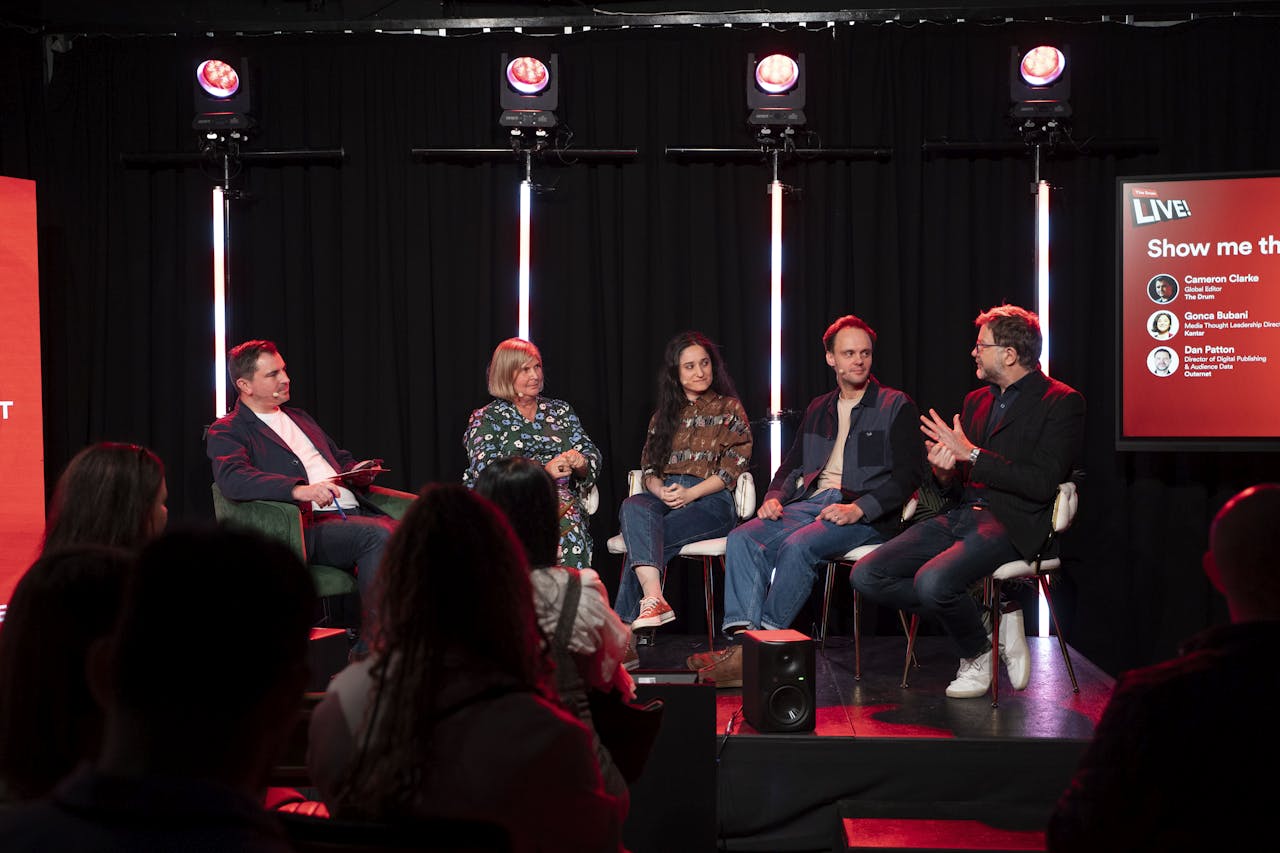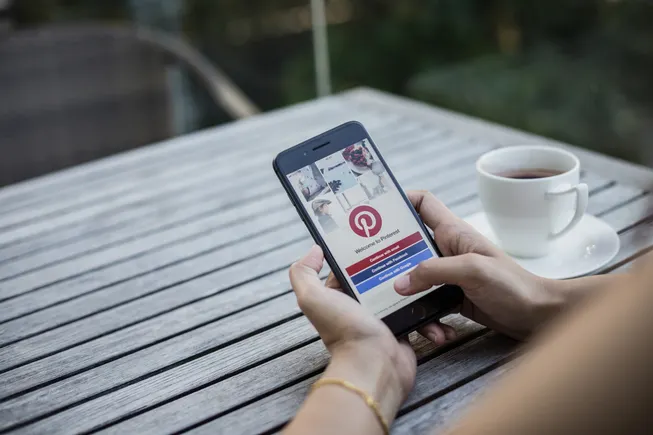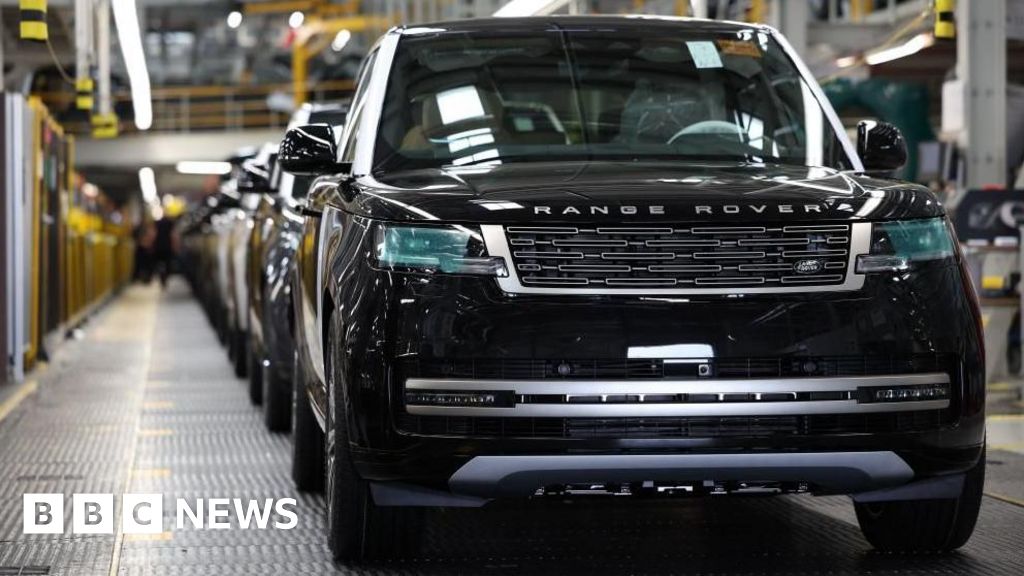How brands are using AI in ads amid legal and creative hurdles

No doubt, generative AI tools have optimized the creative process, edging marketers closer to personalized content at scale. But not all marketers are sold on AI for final campaign assets, especially ones with human likeness.
While generative AI has been used by the industry at large to produce everything from pitch decks to campaign assets, creative and legal challenges are preventing full adoption, agency execs say — and not to mention the risk to brand reputation if shoppers feel the creative is false advertising.
“That missing layer of authenticity can create dissonance, which is a risk we don’t believe is worth taking for our clients or their audiences,” said Kate Wolff, founder and CEO of Lupine Creative agency, which has no plans to use AI-generated human likeness in final ad spots for clients, which have included Spotify, LG and Colgate-Palmolive.
As long as AI struggles to produce visuals without uncanny valley vibes, or what Wolff calls an “AI sheen,” some brands may not be ready to come off the sidelines just yet.
Brands like Liquid Death and Columbia Sportswear fall in the same camp, hesitant to use generative AI unless it’s done with a clear wink to the audience (or blatantly obvious) and where shoppers can see it. Liquid Death is leveraging AI tools to write and optimize code, automate tasks and other back of the house work. But the brand still prioritizes analog creative unless the idea itself demands AI, according to Dan Murphy, svp of marketing at Liquid Death.
Similarly, Columbia Sportswear uses generative AI to scale and automate workflows, but remains skeptical of consumer-facing AI generated ads. “We know from social listening that Gen Zs reject AI content more than any other demo,” said Matt Sutton, svp and head of marketing at Columbia Sportswear.
Sutton pointed to the “wave of a glut of AI content” — or as others call it, “AI slop” — that has flooded the digital ecosystem. Both Columbia and Liquid Death are placing their bets that shoppers prefer authentic content over AI generation.
It’s likely a safe bet given the pushback to brands using generative AI in final ad creative. Back in August, a Guess ad in Vogue magazine that social media users pegged as featuring AI-generated models sparked controversy. At the same time, dust was kicking up around J. Crew for what some online speculated were AI generated human-like images to promote its Vans shoe collection. On its Instagram, the creative is tagged as digital art. Last year, Coca-Cola’s holiday spot became a point of contention for its usage of generative AI.
And that’s just the PR blowback. That’s not to mention the mounting legal issues AI companies are facing. On Tuesday, Disney, Warner Bros. Discovery and NBCUniversal filed a lawsuit against MiniMax, a Chinese AI company alleging copyright infringement. This lawsuit comes after the three media companies lobbed a lawsuit at Midjourney for copyright infringement earlier this year. Several publishers and news organizations, including The New York Times, are suing OpenAI for copyright infringement.
“In terms of the legal, there’s a lot still to be resolved,” said Scott Terry, director of business affairs at Forsman and Bodenfors New York. He added, “Either [agencies are] having the client take on the risk through an indemnification agreement, or maybe the production company, or post-production company, is taking on the risk.”
It’s a game of hot potato between brands, agencies and AI companies when it comes to who’s responsible for any fallout that comes from AI usage. For some though, it’s a gray area worth playing in — whether it be for the sake of shiny new toy syndrome or for true innovation.
Over the summer, Popeyes released its first AI-generated diss track, labeling it as such, on social media with the help of viral AI creator PJ Accetturo, according to a Popeyes spokesperson. Throughout the process, Popeyes worked to “ensure that there were no copyright issues, and that every element, from lyrics to visual likenesses, was original and fully cleared,” per the spokesperson.
All said, brands are walking a creative tightrope when it comes to generative AI, navigating innovation without getting caught in cultural or legal crosshairs.
“Ultimately, our view is that AI can add tremendous value to the creative process, but when it comes to portraying people, human craft and authenticity remain non-negotiable,” said Wolff.
She added, “That’s what audiences respond to most, and that’s where we believe brand trust is built.”
link






